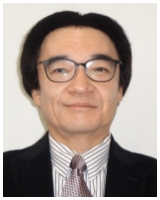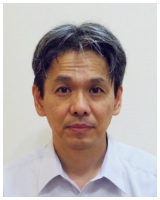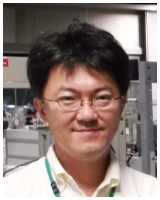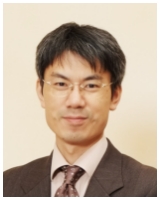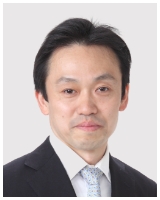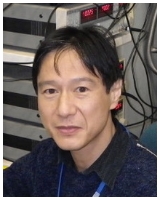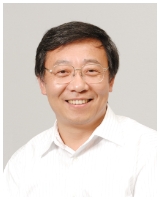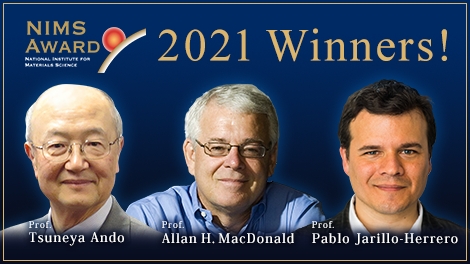Seven scientists who are at the forefront of quantum materials research will deliver their talks online. They will accept the questions from participants after each talk.
How to watch?NIMS Award Winning Lectures
The NIMS Award 2021 was given to three distinguished scientists who have achieved outstanding results in the field of “research on quantum materials.” The award-winning lectures will be streamed online.
